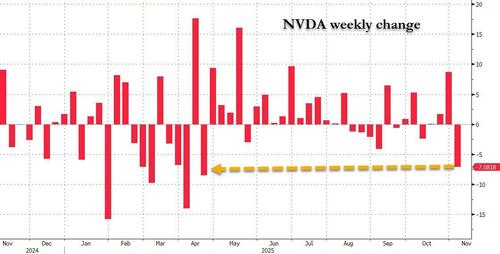James Browning
In a move to counter misinformation, Google has unveiled a digital watermark system designed to detect images produced by artificial intelligence (AI).
This watermarking tool, named SynthID, is a brainchild of DeepMind, Google’s AI subsidiary.
The SynthID watermark alters individual pixels in such a manner that while it remains undetectable to human eyes, computers can easily identify it.
Despite its innovative design, DeepMind acknowledges that SynthID isn’t completely immune to intensive image manipulations.
The challenge of distinguishing between genuine images and those synthesised by AI tools is on the rise.
Platforms such as Midjourney have gained immense popularity, amassing over 14.5 million users who can generate images just by giving simple text directives. This newfound capability has ignited debates around copyright and ownership.
Google’s in-house image generator, Imagen, will solely incorporate this watermarking technique. Unlike conventional watermarks, which can be edited or removed, this invisible watermark ensures authenticity.
Traditional watermarks are prominently visible, often representing ownership, and are vulnerable to removal. Another method, hashing, used to identify known abusive content, can be compromised if the content is edited.
DeepMind’s technology is advanced enough to recognise the watermark even if the image undergoes modifications like colour or contrast adjustments, cropping, or resizing.
Pushmeet Kohli, DeepMind’s head of research, emphasised that the watermark’s introduction is experimental and requires user feedback for further refinement.
Earlier in July, Google, alongside six other AI giants, pledged to guarantee the secure application and advancement of AI in the US, including the watermarking of computer-generated images.
While Google’s initiative aligns with its commitment, Claire Leibowicz from the Partnership on AI group believes there should be a more standardised approach to watermarking across industries.
Other tech leaders, including Microsoft and Amazon, have committed to watermarking AI-created content. Furthermore, Meta is exploring watermarking for AI-generated videos, while China has already mandated watermarks for all AI-created images this year.
Companies like Alibaba have also begun watermarking products from their AI-driven tools.
G/O Media Closes Spanish Gizmodo, Opts for AI-Generated Translations
G/O Media, the parent company of Gizmodo, has shuttered its Spanish subsidiary, Gizmodo en Español, and subsequently dismissed its editorial staff. The company now relies on artificial intelligence for translating articles.
Gizmodo en Español’s writer, Matías S. Zavia, disclosed on August 29th that the site would shift towards auto-translated content.
The Spanish platform, until recently, had a dedicated team crafting original content and translating English Gizmodo pieces.
The newly translated articles on Gizmodo en Español come with a footnote in Spanish, indicating they are ‘’machine-translated and may contain minor inconsistencies.’’
However, the transition hasn’t been without hitches. Users on X, the platform previously known as Twitter, pointed out inconsistencies like abrupt switches from Spanish to English within the same article.
AZ Adslzone, a Spanish news website, detailed how the Gizmodo en Español team learned of the shutdown through a video conference. Attempts to get a statement from G/O Media went unanswered.
There’s an emerging trend among news entities to deploy generative AI to produce articles or itemised content, aiming to churn out more material without incurring added personnel costs.
It’s worth noting that, as early as July, G/O Media integrated AI-generated pieces on Gizmodo. But this early foray was marred by inaccuracies.
The abrupt posting of these AI articles without informing the staff, caused a stir. Journalists across G/O Media’s spectrum voiced their concerns over the undisclosed use of AI in content creation.
In solidarity, GMG Union, affiliated with the Writer’s Guild of America, East, urged the readership to abstain from clicking on such AI-produced stories.
For transparency, The Verge’s editorial staff is also a part of the Writer’s Guild of America, East.
Gizmodo en Español’s journey began in 2012 when its predecessor, the bygone Gawker Media, acquired Guanabee. This marked Gawker’s maiden venture beyond US borders.
James Browning is a freelance tech writer and local music journalist.
BUSINESS REPORT















